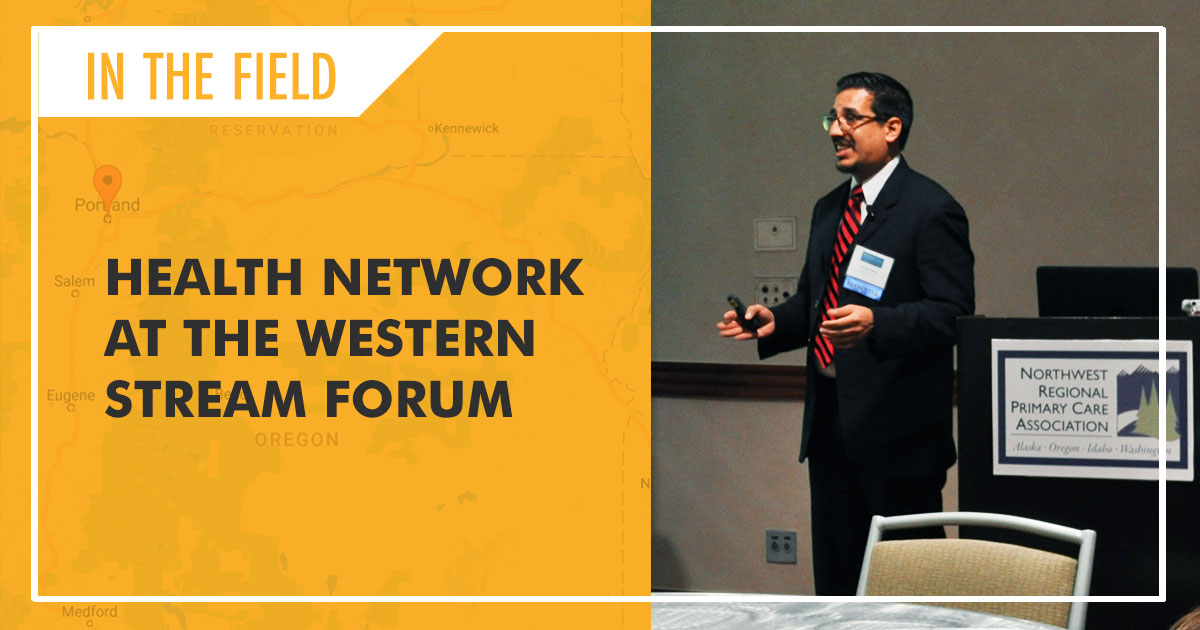
“[Health workers] go out to the field, they get the patients into the clinic -- but if they lose the patient when the patient needs to move?” MCN’s Ricardo Garay, Health Network Manager, questioned the audience, but his two-hour presentation gave the definitive answer: Enroll that patient in Health Network. The presentation, attended by about 20 Community Health Workers (CHWs), medical providers, and health justice advocates, was part of this year’s Western Forum for Migrant and Community Health, held in San Francisco, California last week. Part of the clinical track of the conference but well attended by a wide range of health advocates, Garay’s presentation dove into why clinics enroll their patients in Health Network, and demonstrated step-by-step how to integrate Health Network into the intake process for mobile patients. By using an East Coast health center as a case study, Garay demonstrated the ease of the enrollment process, which entails a basic enrollment form which is available in multiple languages. He also emphasized that clinics can contact Garay to schedule a virtual training for clinic staff, so that patient enrollments become a quick and easy part of the workflow. The benefits, Garay noted, are great -- not just for the patient, who receives better care, but for the clinic to secure a patient-centered medical home even for patients who are on the move.
“Once the patient is enrolled… there’s a whole agency following the patient, assuring continuity of care,” Garay explained. “We get to be the agency between the patient and the clinic -- advocating both for the patient and the clinic.” He described examples of when having a third party made all the difference for a patient that struggled to find a clinic to accept him as a patient. As for health centers, clinicians are relieved to be able to track patients, assure they get help during the months they are away from the clinic, to make sure their health improves while they are away, instead of returning in worse condition than when they left. Assuring ongoing communication with a patient can change a clinician’s approach to the patient’s care by providing confidence that the patient has the ability to follow through on the treatment regimen. By the end of the presentation, many in the crowd expressed elation in the existence of the program, and admitted surprise that Health Network is free for clinics and patients, and available for any patient who is moving for any reason and who needs follow-up care for an ongoing health condition or results from a screening.
“It’s critical that we focus on the triple aim: population health, patient’s experience of care, and the per capita cost,” Garay noted. “Health Network can be an important component.”
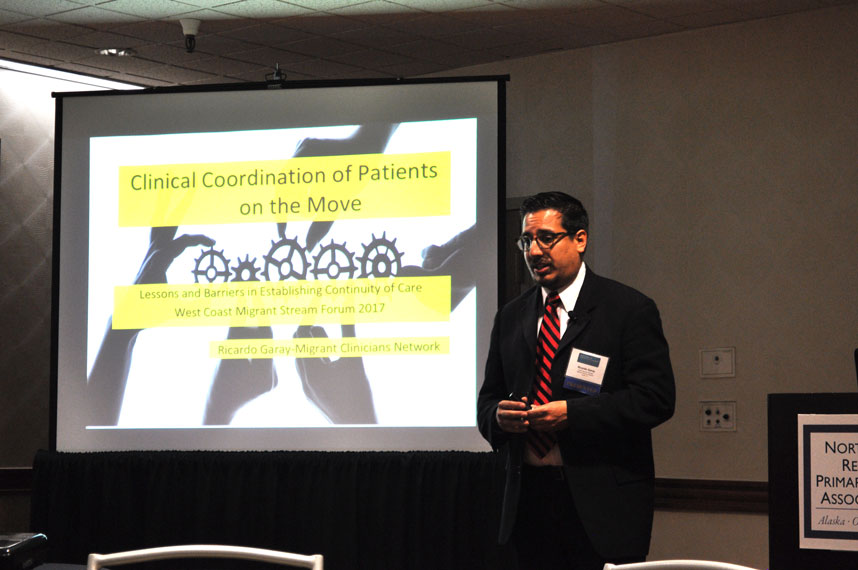
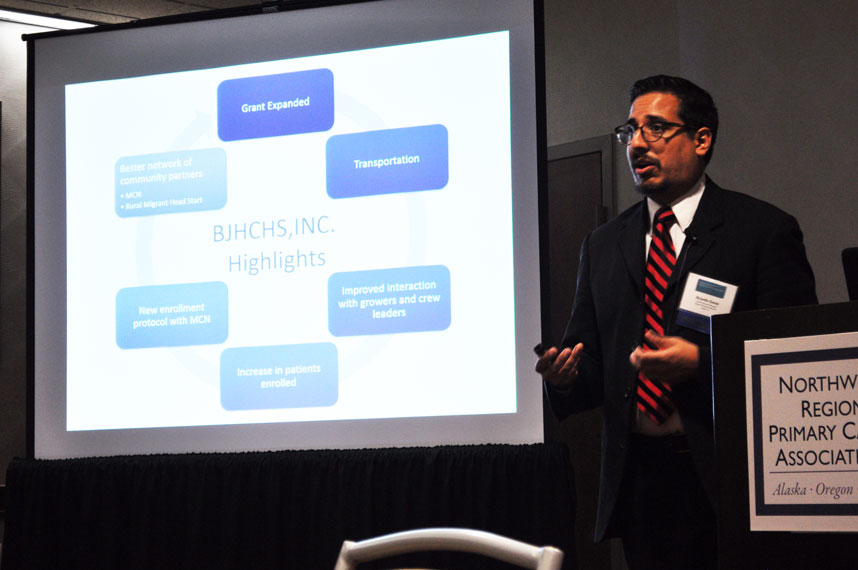
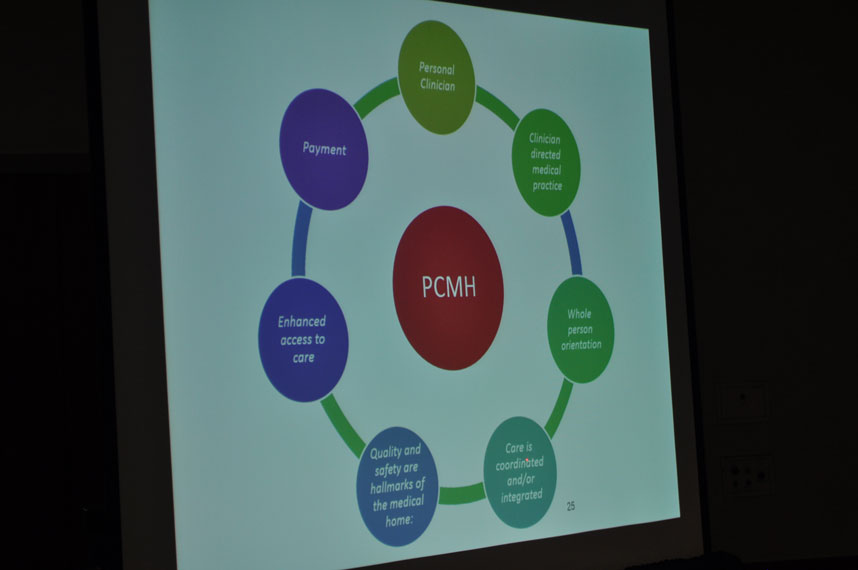

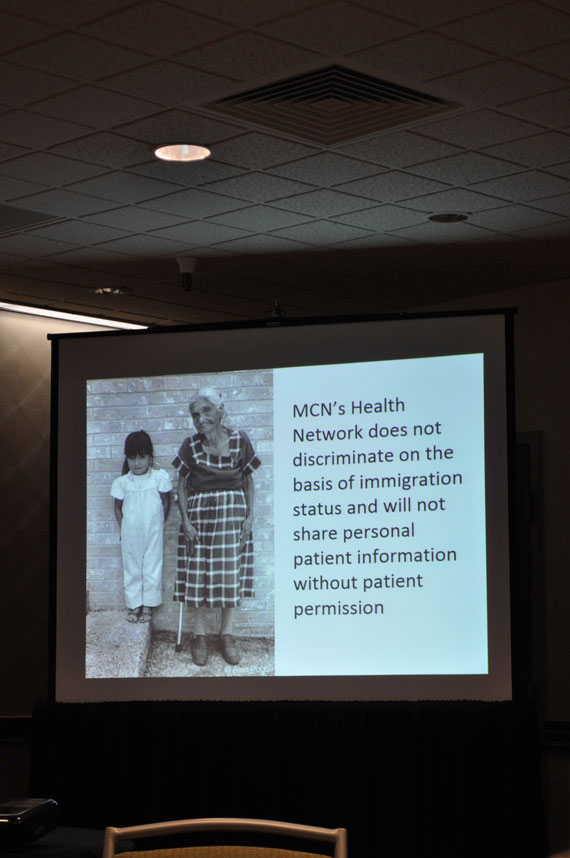
Like what you see? Amplify our collective voice with a contribution.
Got some good news to share? Send it to us via email, on Facebook, or on Twitter.
Return to the main blog page or sign up for blog updates here.
